Orzo is a small pasta that’s cut in the shape of short-grain rice. Learn everything you need to know about how to cook orzo, how it’s made, and our favorite orzo recipes in this essential guide.
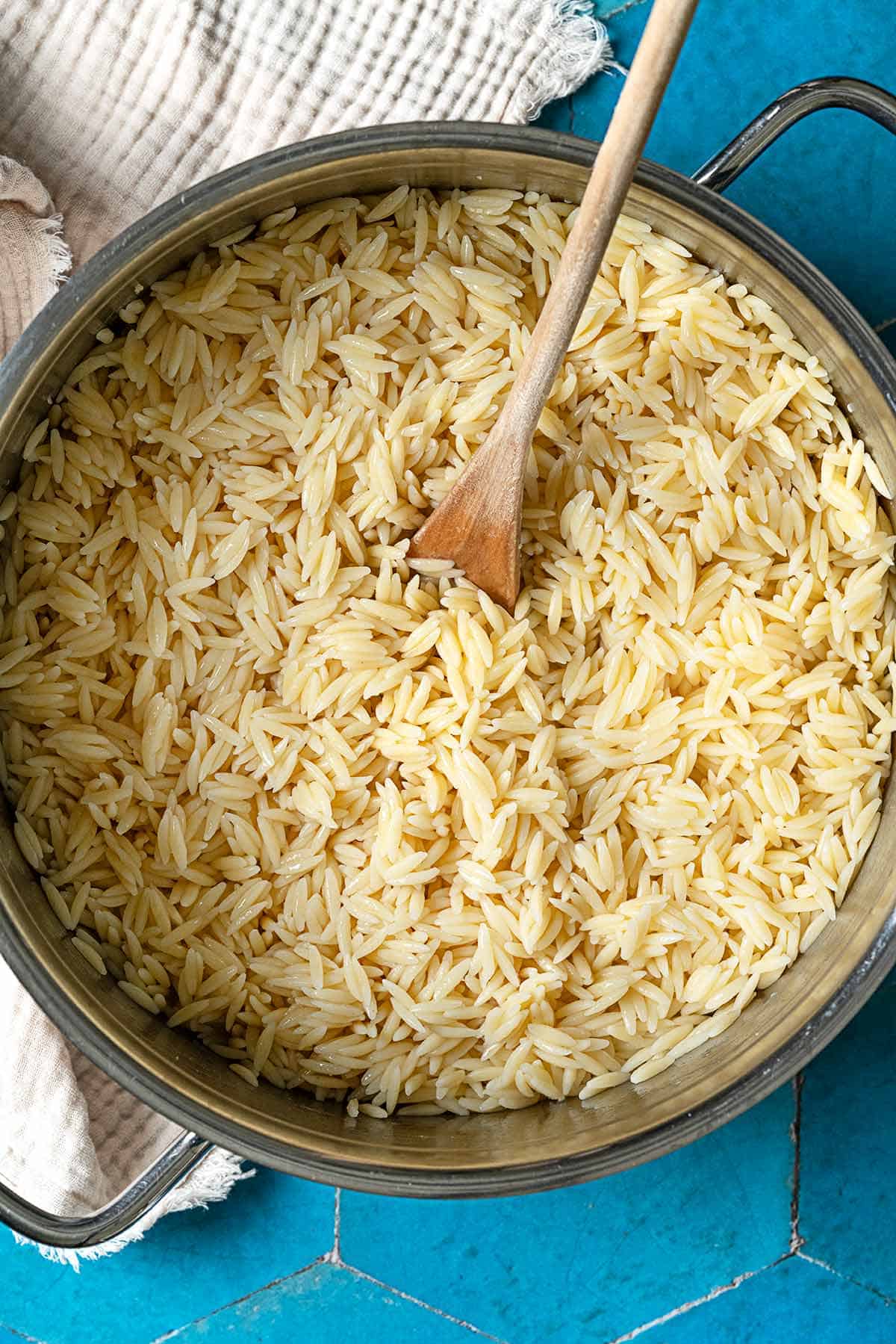
Table of Contents
What is Orzo?
Orzo is pasta made from durum wheat, semolina flour, and water. Orzo is not rice! Its identity crisis comes from its shape, which is suspiciously similar to medium-grain rice like basmati or Arborio, the Italian rice used to make risotto and arancini.
Sometimes if it looks like rice, and it’s even named after rice… it’s not rice after all. To further confuse matters, we get the name from the Italian word for “barley,” another beloved Mediterranean pantry staple (don’t worry–we have an essential guide for that too!).
And while we’ve adopted its Italian name, orzo is surprisingly uncommon in Italian cuisine. You may find this pastina (little pasta) giving Italian soups some extra heft here and there. But you’re more likely to find orzo in Greece, called kritharáki or “little barley.” There, it’s perhaps most famous in Yiouvetsi, a hearty meat and tomato sauce dish traditionally baked in a clay pot.
In Turkey, orzo goes by arpa şehriye, meaning “barley noodle,” where it’s often added to rice and various soups and stews. The small pasta is also beloved in Egypt, where it’s called lisān al-ʿaṣfūr, meaning “sparrow tongue.” In Spain, it’s piñones from “pine nuts.” And if you’re in France, pépinettes, meaning “nuggets.”
This is all to say: Orzo has not been given its due credit as the delicious, small-but-mighty pasta that it is! So, what do you say we give orzo the recognition it deserves? Pour yourself a glass of ouzo, make some Greek-style orzo, and keep scrolling to get to know this delicious little little pasta in disguise.
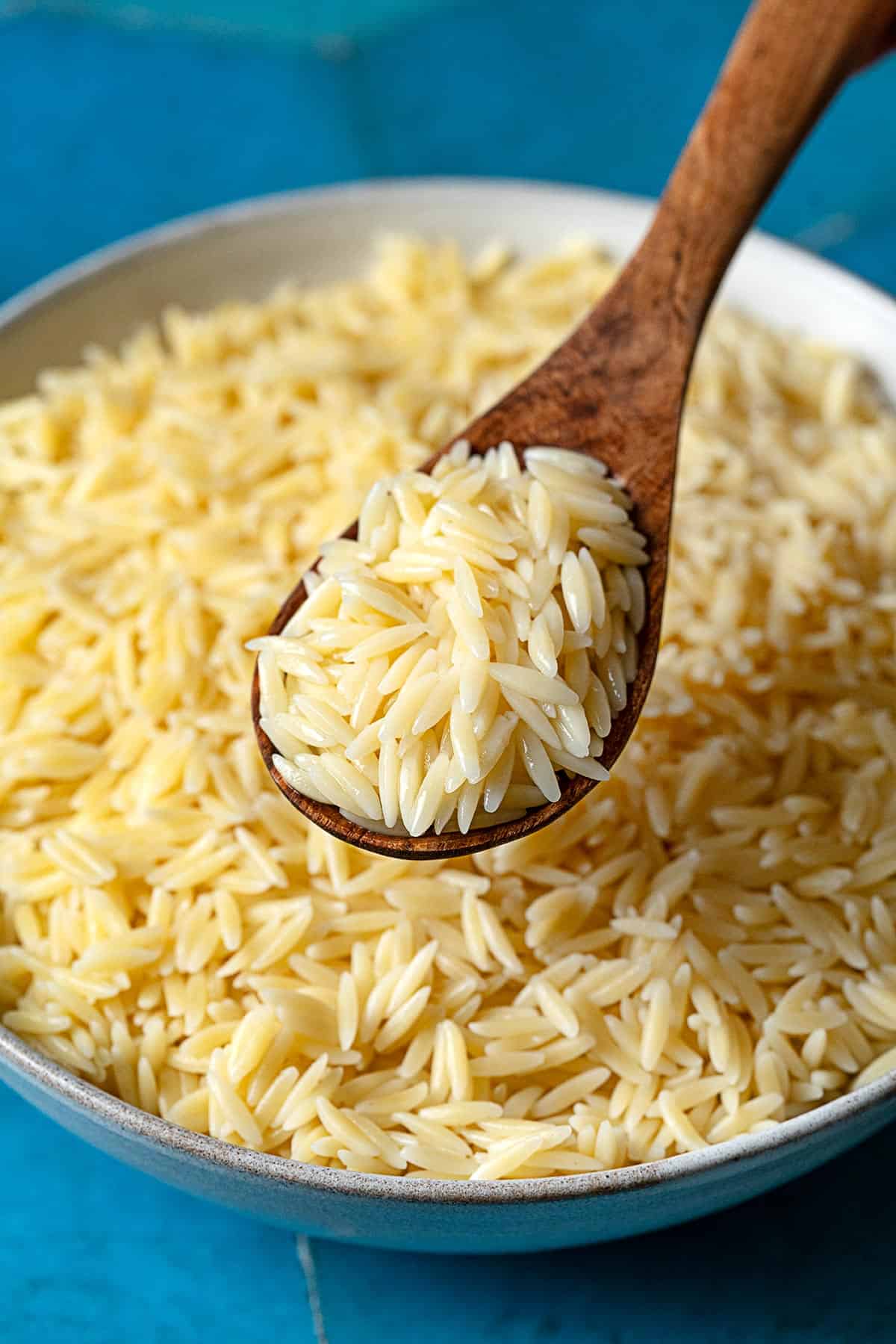
What Does Orzo Taste Like?
Orzo’s flavor is identical to pasta. In other words, it doesn’t have much flavor on its own. Rather, it’s a vessel for creamy and tangy yogurt sauce or rich and aromatic tomato broth, and many variations thereafter.
What makes orzo so interesting is its texture, which comes from its small size. Like couscous or oatmeal, the small pieces work in unison to bring a velvety, almost creamy quality. The sensation is similar to risotto or even rice pudding, but with the toothsome al dente-ness that gives pasta its distinct personality.
A handful of orzo makes a simple soup like Pesto Lemon Orzo Soup or Lemon Chicken Orzo Soup incredibly comforting. In a salad, like our Strawberry Orzo Pasta Salad, the tiny pasta soaks up a lemony dressing, providing a savory match for the sweet fresh strawberries. All that for an easy pasta that’s inexpensive, satisfying, and quick and easy to make. Not bad!
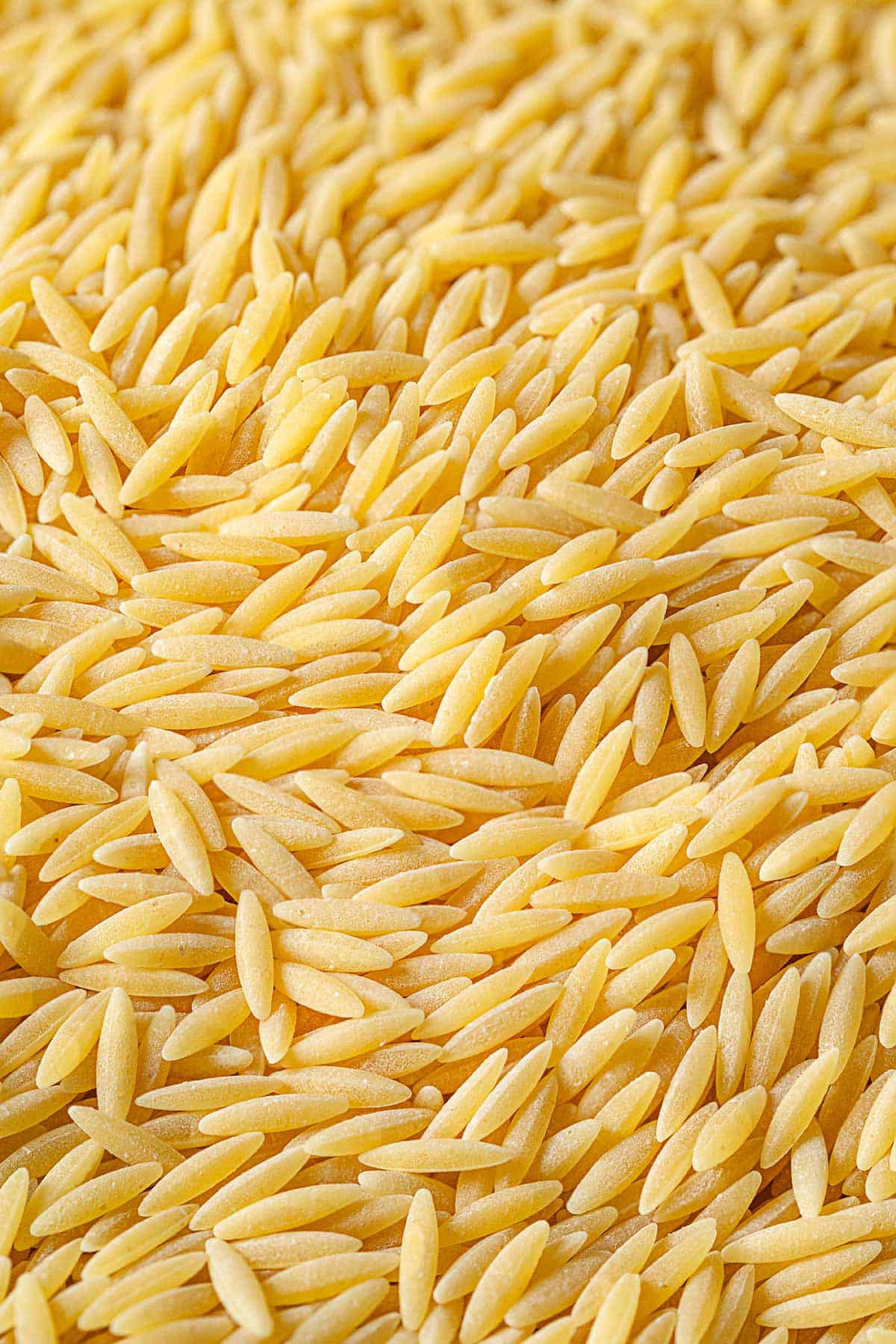
How is Orzo Made?
Unsurprisingly, orzo is made just like pasta. Traditionally, the dough combines durum wheat, semolina flour, and water, sometimes with the addition of egg yolk for richness.
The dough is kneaded, rolled into a very thin sheet, and shaped or cut into small rice-size pieces. It’s then dried and used, stored, or packaged.
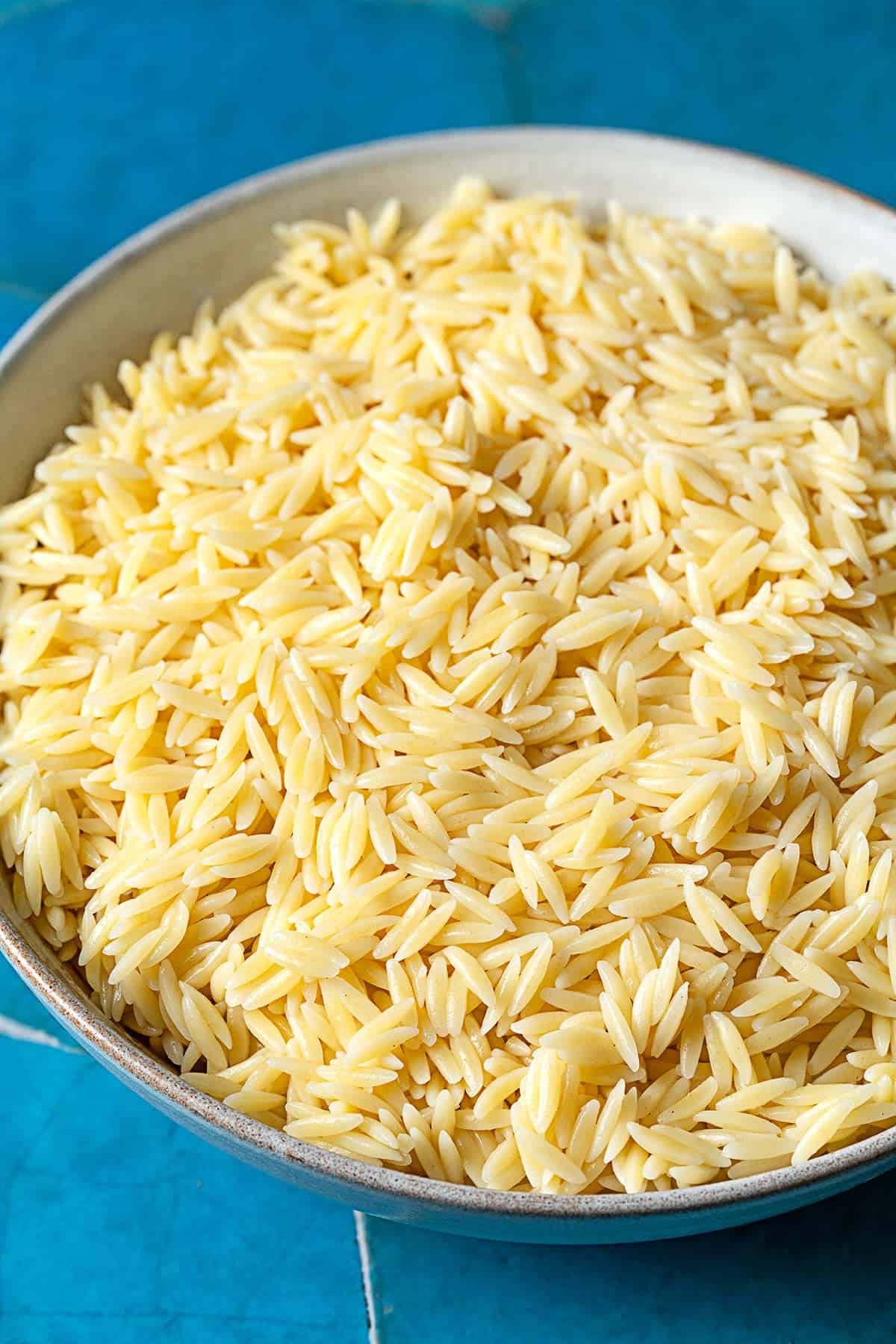
How to Cook Orzo
Cook orzo as you would any standard pasta: in boiling, salted water. This not only seasons the pasta, the salt also helps it maintain its shape without clumping. To cook orzo:
- Get ready. Bring a medium pot of water to a boil over high heat. Once the water is boiling, season with a good pinch or two of salt. The water should taste on the salty side of well-seasoned. This typically works out to about 1 1/2 tablespoons of kosher salt per gallon (16 cups) of water.
- Add the orzo. Add 1 cup orzo to the boiling salted water and give it a nice stir. Set a timer depending on your package instructions. Stir occasionally as it boils.
- Drain. Depending on what you’re making, you may want to reserve a cup of the pasta water before draining. If you’re cooking orzo for a sauce, a splash of this starchy water will help thicken the sauce and help the sauce stick to the pasta.
How Long to Cook Orzo
Cook orzo according to the package instructions, which vary depending on the size. There are two typical sizes of orzo, both of which take around 7-10 minutes to boil.
As with standard pasta, doneness is a matter of personal preference. I like mine to be tender but keep some of its resistance, so I typically go for the lower end of the time range. If you like a well-done pasta, you likely like a well-done orzo as well. The best way to know is to taste it!
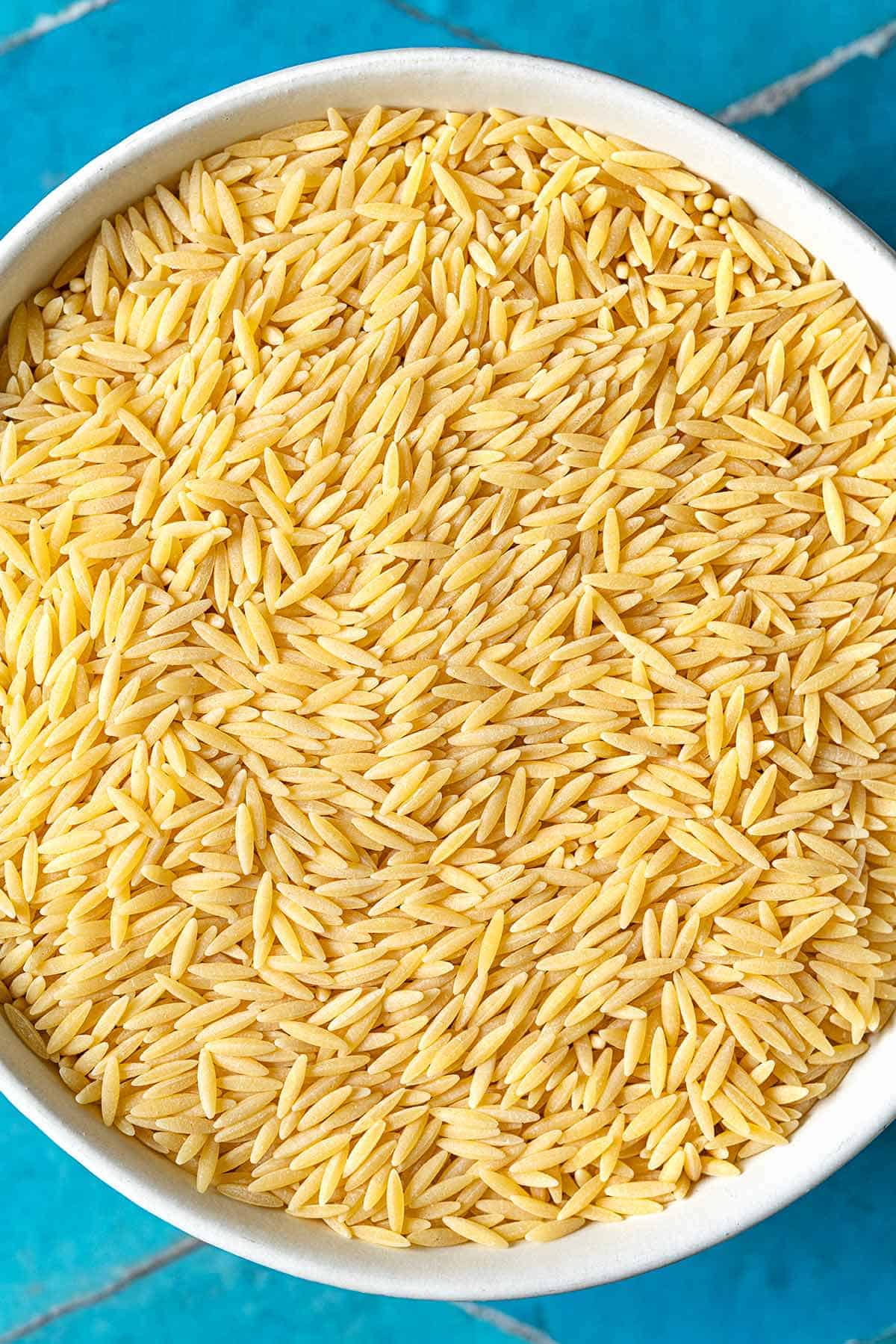
Is Orzo Gluten Free?
Like pasta, standard packaged orzo is not gluten-free. However, gluten-free orzo is easy-ish come by. I say “ish” because standard orzo is sold out at my store half of the time. So if you’re looking for gluten-free orzo–or standard for that matter–the internet is likely your best source.
What to Make with Orzo
The beauty of this tiny pasta is it can be used to make hot or cold recipes. Add it to soups like chicken or Shrimp Soup (orzo fits on a spoon better than noodles). Try it in this Creamy Orzo with Garlic and Tomatoes. Stirring the pasta releases starches to create a creamy finished dish–the same is true for orzo, like this One-Pan Lemon Chicken Orzo with Peas and Spinach or this version with spring vegetables and goat cheese.
Simmer it in a light tomato sauce, and it’s a traditional pairing for Stifado (Greek Beef Stew).
When the weather warms up orzo is great in cold salads with fruits like this Strawberry Orzo Pasta Salad or vegetables like this Mediterranean Orzo Salad to take to your next gathering or picnic.
Try Orzo in These Recipes
Soups and Stews
Lemon Chicken Orzo Soup
Meat and Poultry
One Pan Chicken Orzo
Fish and Seafood
Shrimp and Orzo in a Garlic Tomato Sauce
Browse all Mediterranean recipes.
Visit Our Shop
Get The Mediterranean Dish Cookbook
More than 120 recipes for bright and flavorful Mediterranean diet-inspired meals.
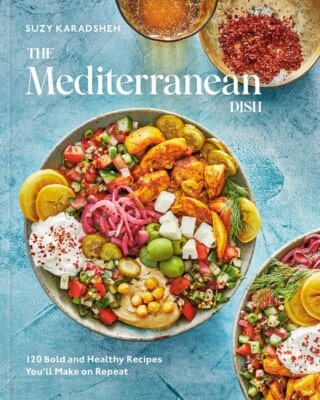
How to Cook Orzo
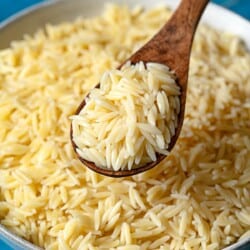
Ingredients
- 1 cup orzo
- Kosher salt
Instructions
- Get ready. Bring a medium pot of water to a boil over high heat. Once the water is boiling, season with a good couple of pinches of salt. The water should taste on the salty side of well-seasoned. This typically works out to about 1 1/2 tablespoons of kosher salt per gallon of water.
- Add the orzo. Add the orzo to the boiling salted water and give it a nice stir. Set a timer depending on your package instructions. Stir occasionally as it boils.
- Drain. Drain, reserving a cup of pasta water as necessary (see note). Use immediately or store, covered in the refrigerator, for up to 3 days.
Notes
- Depending on what you’re making, you may want to reserve a cup of the pasta water before draining. If you’re cooking orzo for a sauce, a splash of this starchy water will help thicken the sauce and help the sauce stick to the pasta.
- If you’re dressing the orzo for a salad, dress it while it’s still hot. This helps it soak up the flavor.
- Visit our shop to browse quality Mediterranean ingredients including olive oils, honey, jams, and spices.
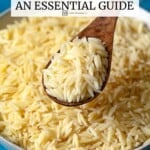
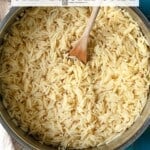
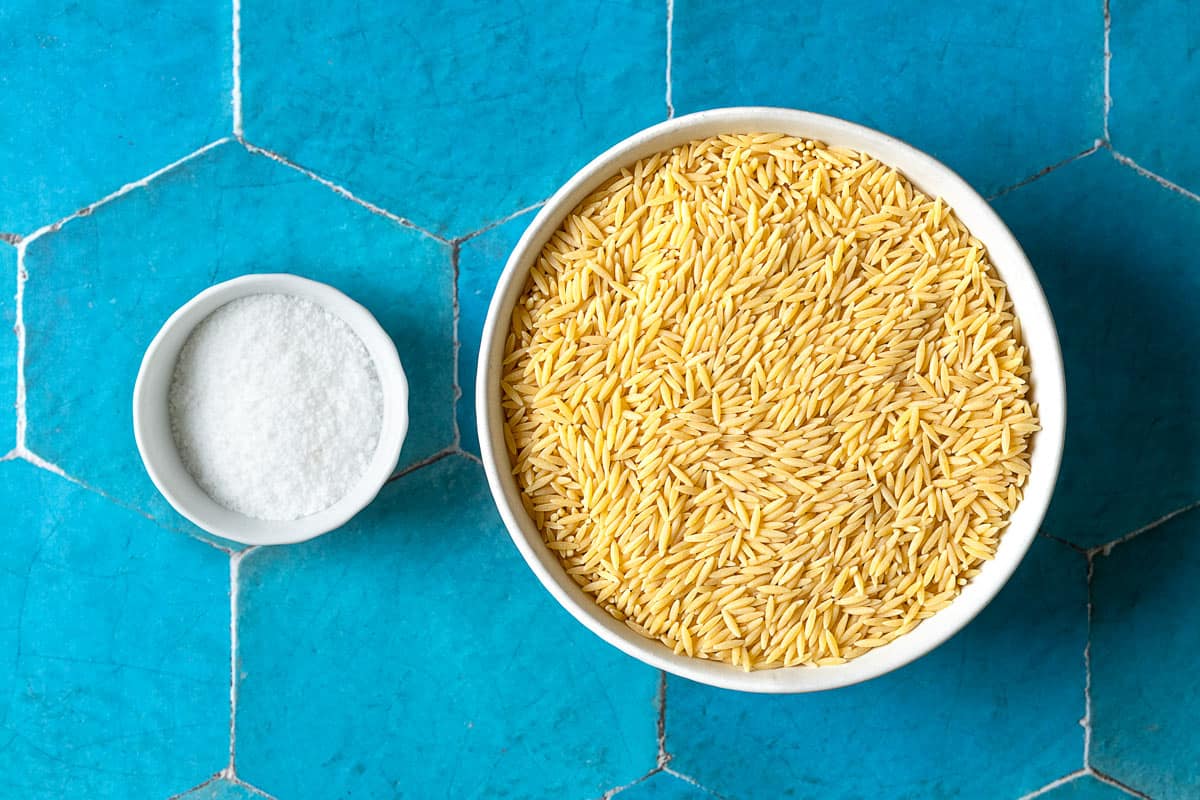
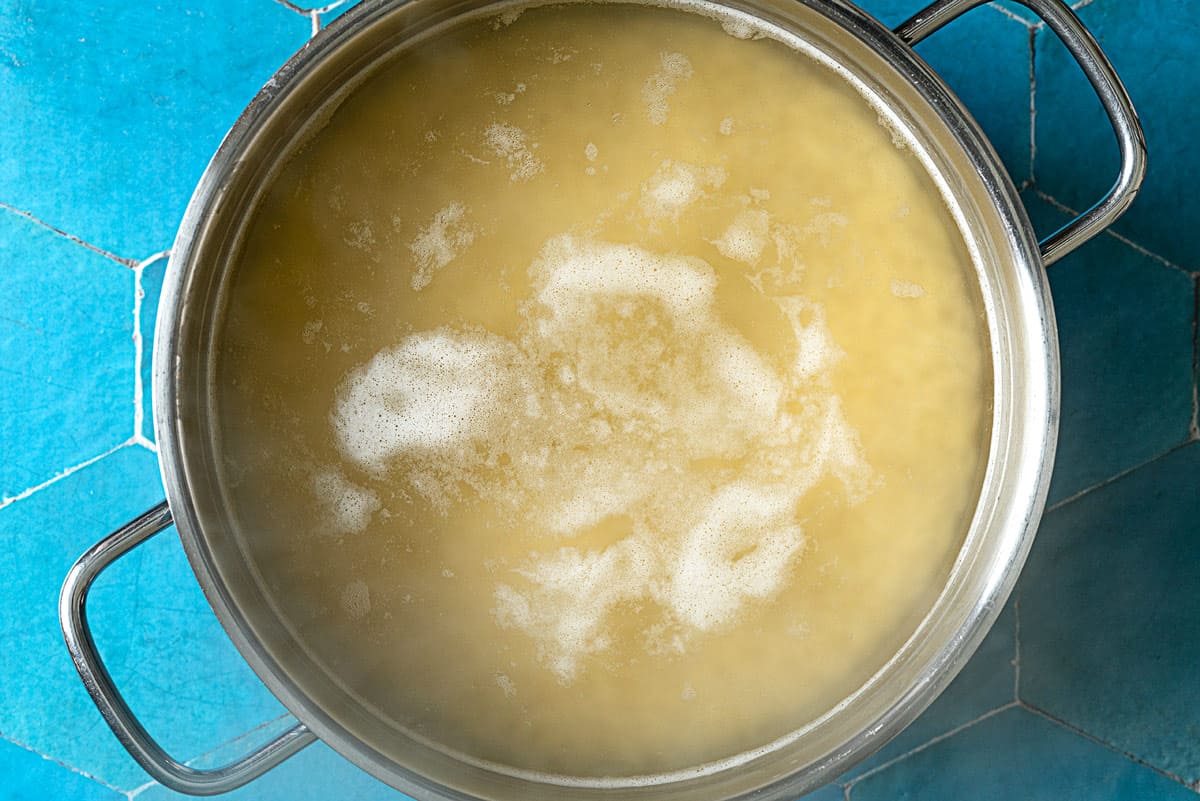
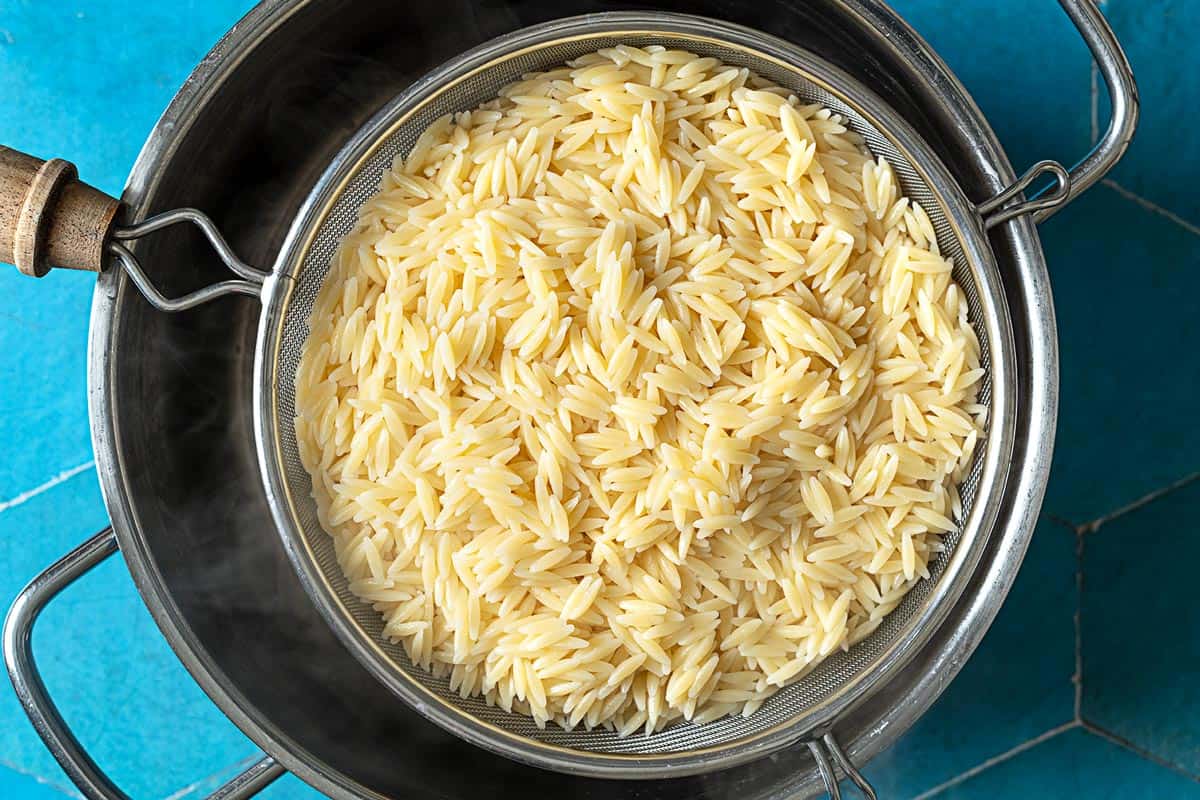

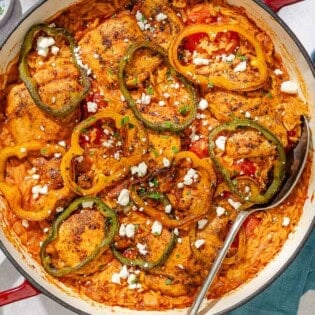
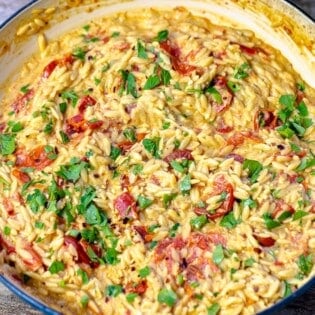

Exciting news about this dish
Will add to my diet
I must begin to lower blood pressure and cholesterol per doctors reccommendation. Im learning to evaluate recipes for this goal. Please suggest low fat values in Medeterranean style recipes to help me know whats best.